I woke well before the knock on my door came at 6:55.
He had interrupted our blissful evening about twelve hours earlier, sliding alongside our houseboat in his narrow canoe to make the pitch. At seven in the morning he would return, he said, to collect me in his boat that was just the right size and build to navigate the narrow waterways of Kainakary village. Go with him, he said, and I would have a chance to watch life on the Kerala backwaters wake up. For three hundred rupees (roughly six Canadian dollars), the floating salesman had himself a deal.
I wiped the sleep hastily from my eyes and clamoured into the front of the 25-foot long boat. Any illusions of being chauffeured around disappeared as my new captain motioned towards the wooden paddle resting alongside my seat. Broken at one end with the letters ‘UBC’ stenciled down its length in white, I was told that this paddle had helped to propel Kainakary’s United Boat Club to victory at the annual Nehru Trophy snake boat race on the same waterway only two weeks before. I dipped it into the water, channelling my inner snake boat racer with every stroke.
The water adopted the color of its surroundings like a chameleon, oscillating between mud brown and palm green. Out in the bay, a trio of fishermen wrestled their nets into place while spinning in thatched, saucer shaped boats. We waggled our heads at each other in the shy, disarming Indian way I had grown to love before disappearing down one of the narrow tributaries.
Sleepy-eyed children brushed their teeth at the water’s edge, waving as we past. Women in colourful sarees stood waist deep tying dark waterfalls of freshly washed hair back into braids, their chatter and laughter following us along the coconut-lined corridors. Bungalows painted faded shades of pink and orange occupied the narrow strip of land between the river and fields of rice patties on the other side. Water rose up to the threshold of most of these homes, constantly flirting with the idea of spilling into the open bedrooms and kitchens.
Where the tributaries rejoined the main body of water, two white buildings trimmed in baby blue basked in the light of the rising sun. Upon closer inspection I could see that one was a place of education, the other a place of worship. On the near side of the river, uniformed school children piled into canoes to be shuttled across the river to the school by a wiry man. I flashed back to the yellow school bus that had taken me to school each day growing up, an hour each way along gravel roads in rural Ottawa – a wildly different version of the same mundane routine.
As we cruised silently along the watery arteries, it struck me how vital the river was to village life. The people of Kainakary drank from it, bathed in it, fished from it, moved to and from school and work on it, and prayed on its shores. The floating salesman and his narrow canoe hadn’t just taken me on a tour of his village – he had transported me along the lifeblood of Kerala.

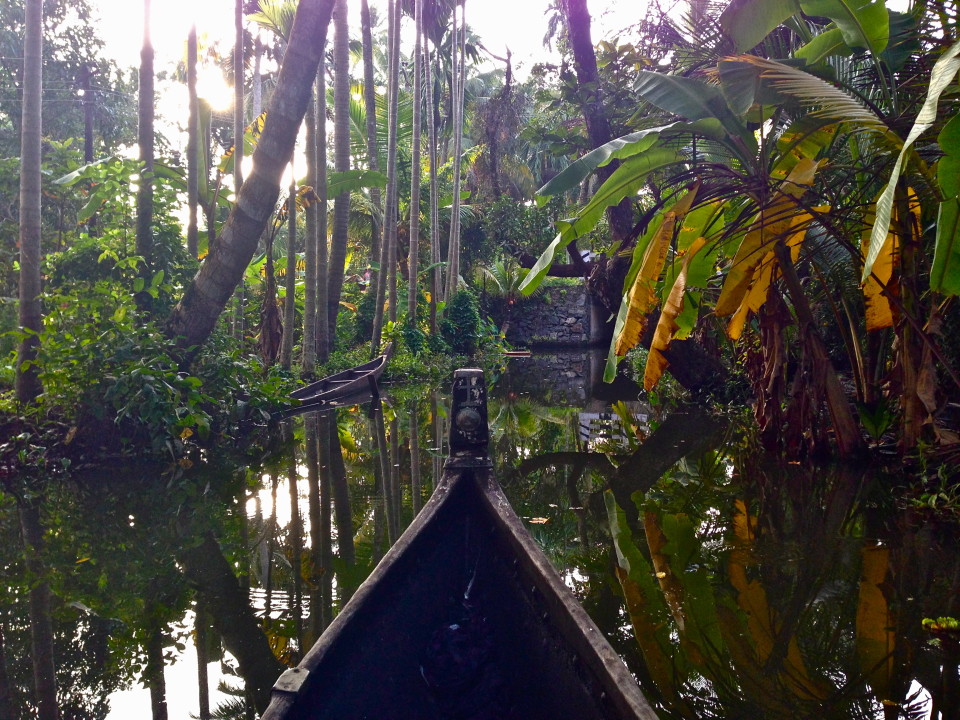
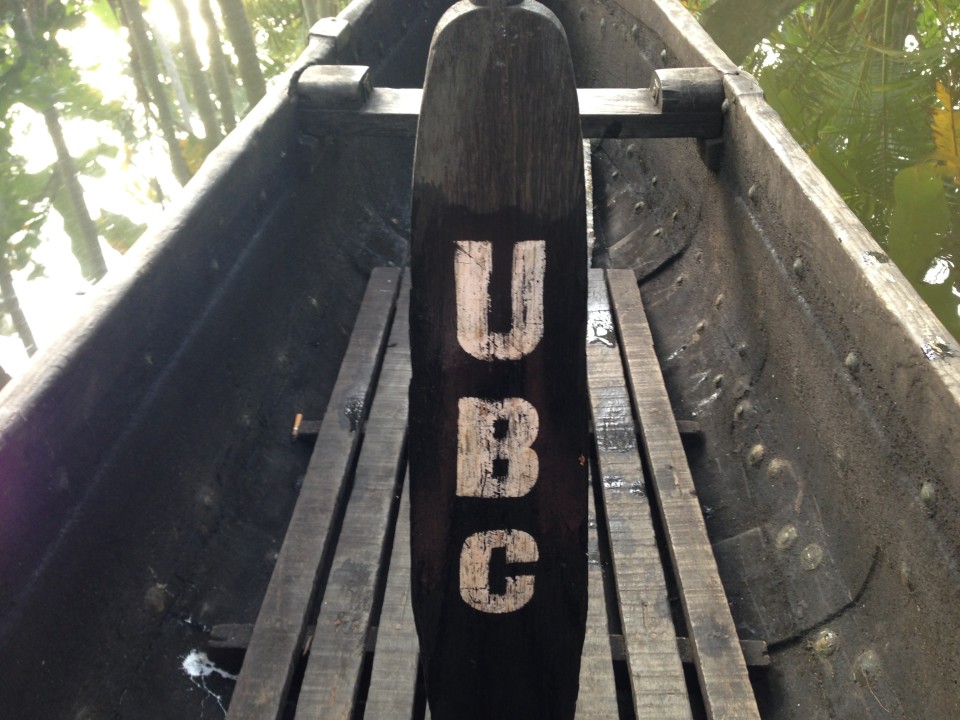
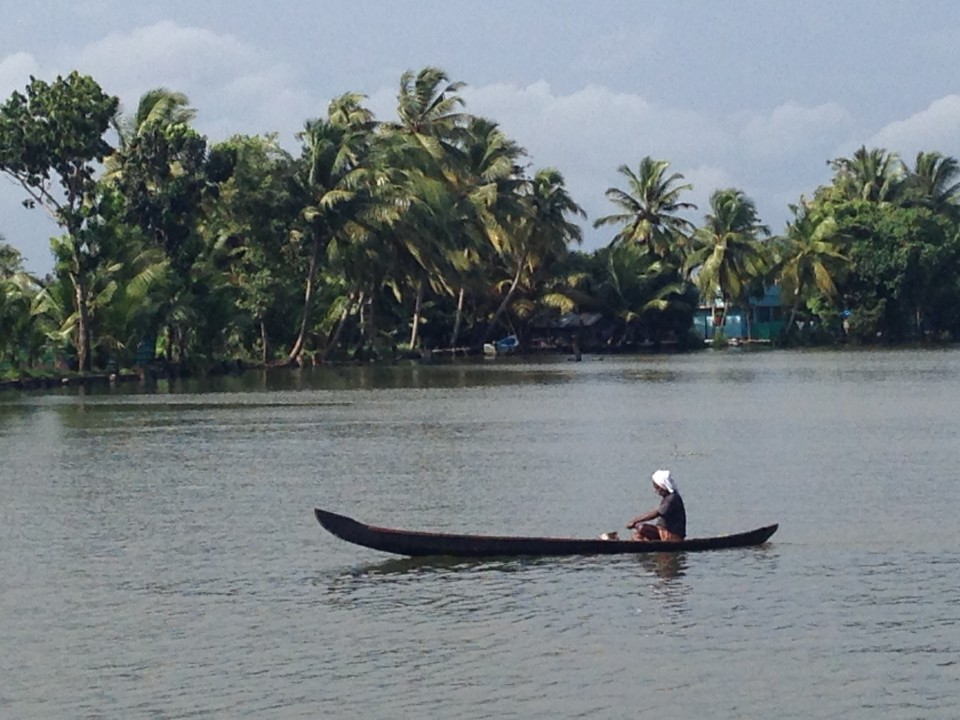
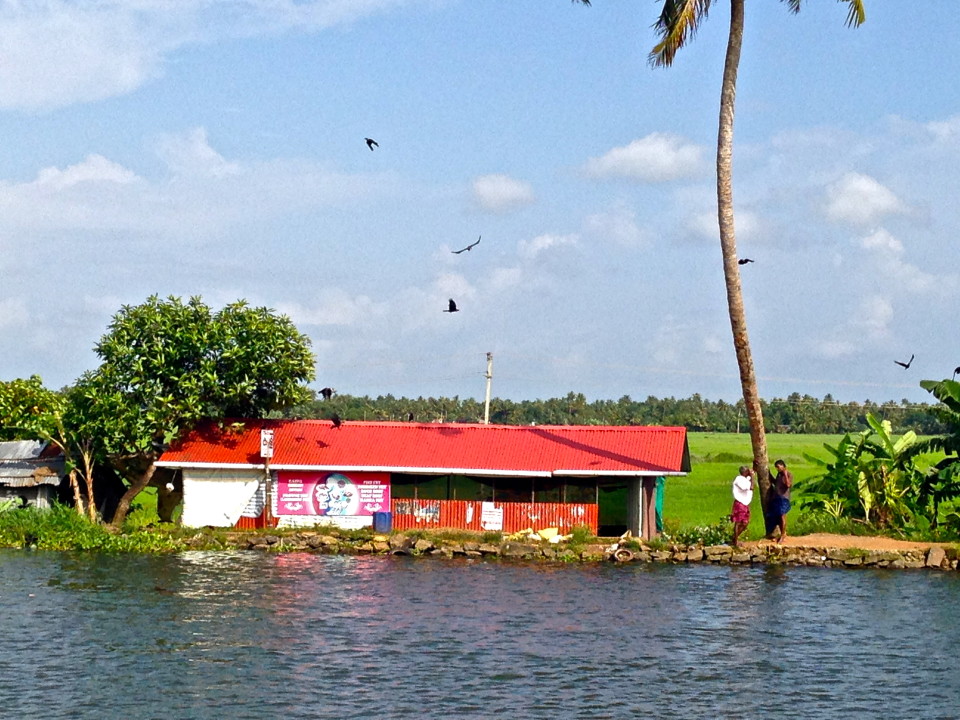
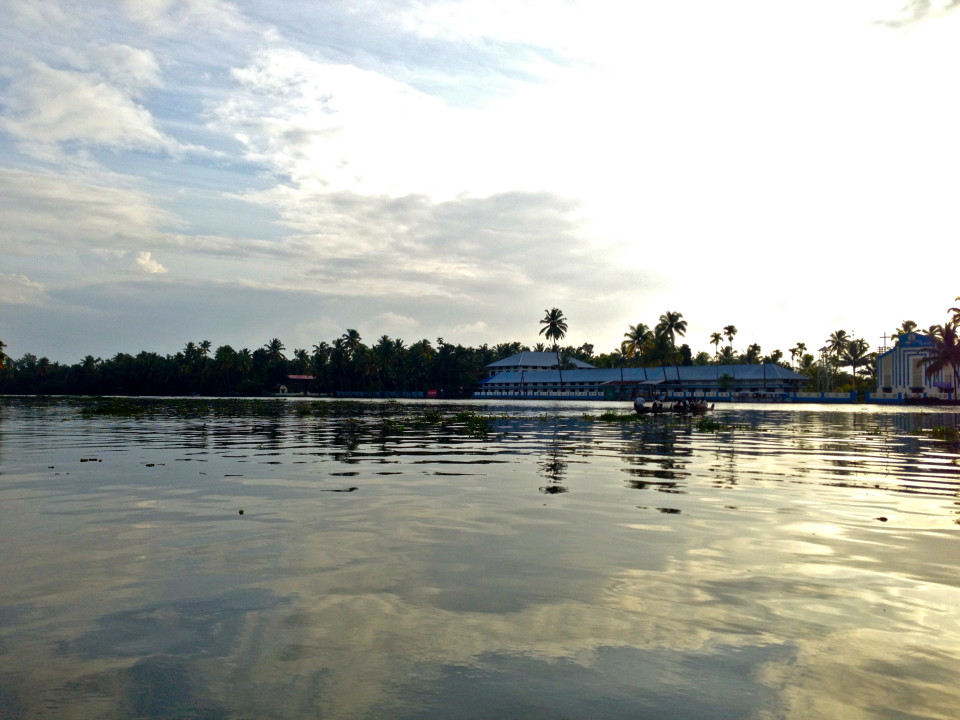

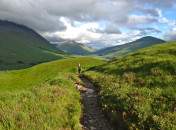
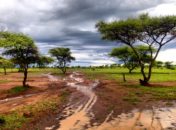
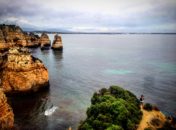
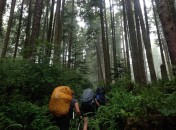
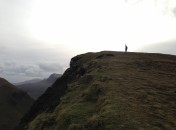
No Comments